Navigating a high-end steakhouse menu can feel like entering a minefield of opulent temptations and overpriced disappointments. With premium cuts, rich sides, and luxury-priced enhancements, it’s easy to splurge on the wrong items and miss the dishes that actually deserve the spotlight. Fortunately, seasoned chefs and industry insiders have long-known which offerings consistently deliver on quality, experience, and culinary value.
While steakhouse menus may seem similar from place to place, what separates a must-try from a must-skip is often hidden in preparation details, ingredient quality, and a dish’s ability to shine amid stiff competition. Many restaurants lean heavily on crowd-pleasers or filler items to pad their profits, meaning not everything with a premium price tag justifies its cost. That’s why having a discerning eye — or some expert guidance — can elevate your next dining experience from merely expensive to truly exceptional.
To help you order like a pro, we’ve compiled five dishes that chefs agree are always worth the splurge, along with five you’d be wise to skip. From the unbeatable richness of a dry-aged ribeye to the underwhelming letdown of a basic baked potato, this list cuts through the indulgent noise. Here’s what you should prioritize — and what you can leave off your plate — the next time you’re seated under dim lighting, handed a leather-bound menu, and faced with a dozen tempting choices.
1. Bone-In Ribeye

Few cuts command attention like a bone-in ribeye, prized for its intense marbling and full-bodied beef flavor. This steak is often the centerpiece of a steakhouse experience, combining drama in presentation with depth in taste. The bone itself adds an extra layer of succulence as it conducts heat during cooking, helping the meat stay juicy. Unlike leaner cuts, the ribeye’s fat melts and bastes the meat from the inside, creating a buttery, rich mouthfeel with each bite. When seared correctly, it develops a dark, caramelized crust that’s nearly impossible to replicate in home kitchens. It’s also highly forgiving, holding its tenderness even with slight overcooking. Whether served sliced tableside or plated whole, the bone-in ribeye is a culinary statement that lives up to its reputation.
2. Dry-Aged New York Strip
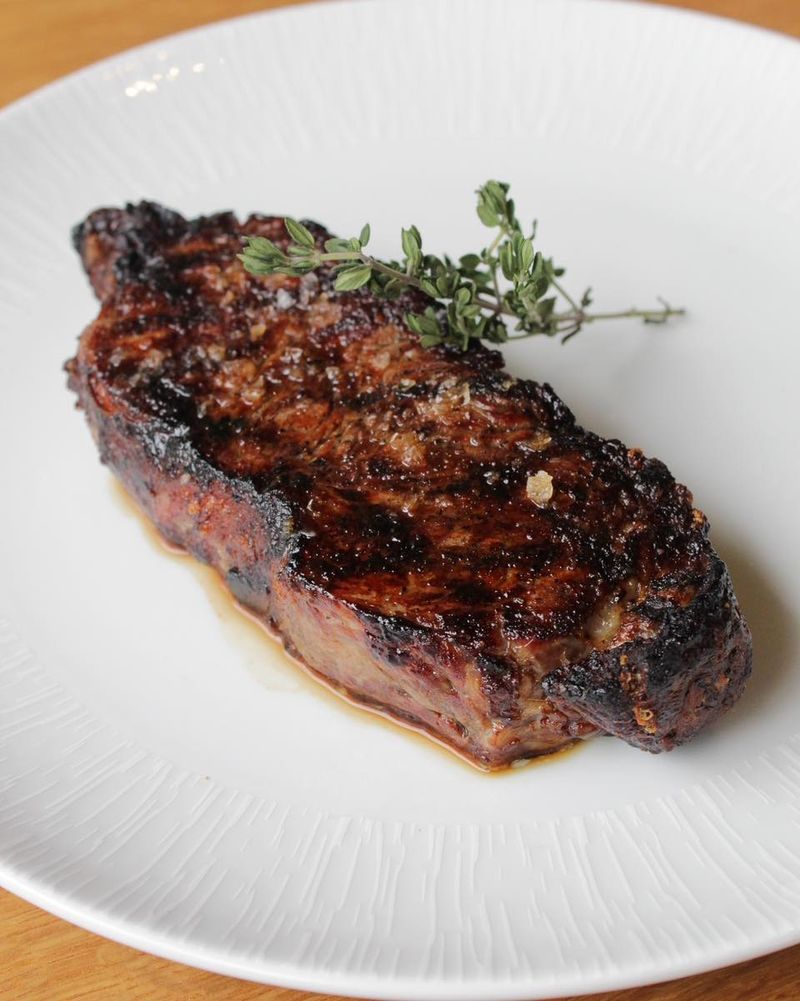
Dry-aging transforms a simple strip steak into something far more complex and memorable. The process breaks down muscle fibers while intensifying beefy notes and adding a subtle nuttiness only time can produce. At a top-tier steakhouse, a dry-aged strip will offer a dense, chewy bite and bold flavor that lingers long after the meal ends. It’s a perfect match for those who crave more texture and savory character than a filet can provide. The dry-aging room itself is a mark of prestige, signaling a steakhouse’s commitment to excellence and in-house technique. Each bite of a well-aged strip steak tells a story of patience, care, and culinary artistry. It’s the kind of dish that justifies its price through substance rather than showmanship.
3. Wagyu or Japanese A5 Kobe
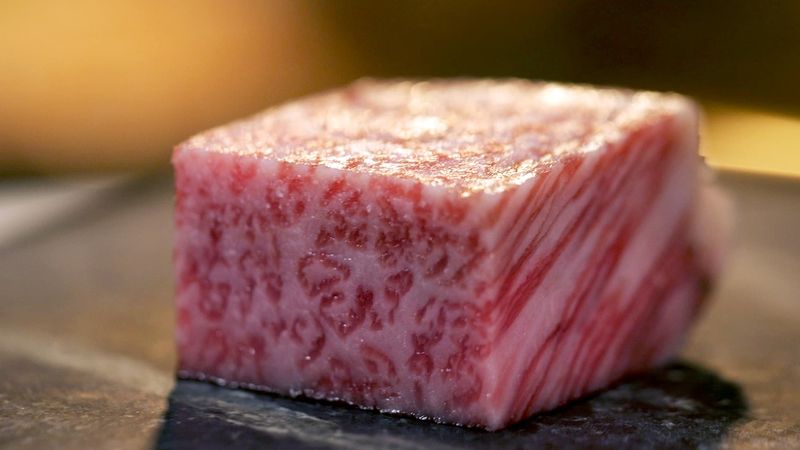
Nothing compares to the first bite of authentic Wagyu or A5 Kobe beef — it quite literally melts on the tongue. Known for its unbelievably high fat content, this beef is more luxurious than filling, which is why small portions are ideal. Its intense marbling creates a texture that’s almost silky, with flavor profiles ranging from subtly sweet to deeply savory. Top steakhouses treat these cuts with reverence, cooking them minimally to let their natural characteristics shine. A certified A5 Kobe experience is as much about rarity and ritual as it is about flavor. Diners should always check for sourcing details and grading to avoid overpaying for lookalikes. When ordered properly, Wagyu becomes less a steak and more a delicacy — an indulgence best enjoyed with intention.
4. Steakhouse-Style Sides
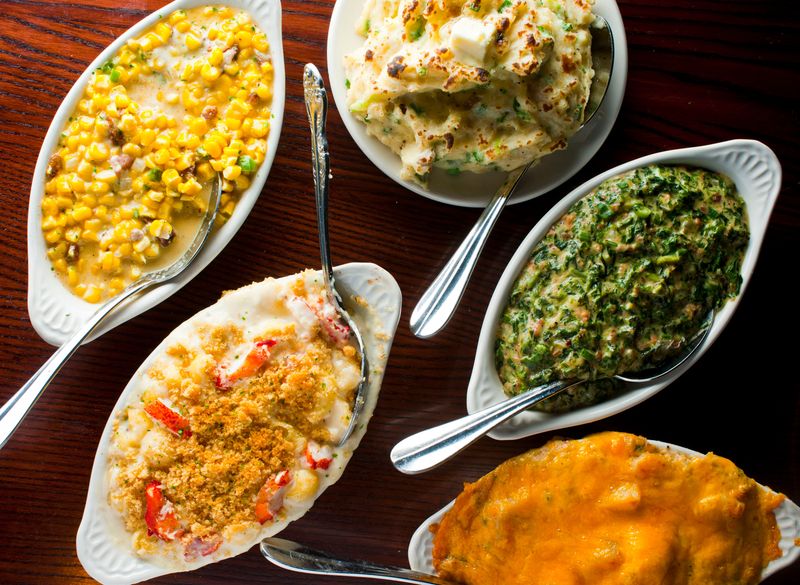
Though steak is the star, elite steakhouses often earn quiet acclaim for their sides — particularly those like creamed spinach or truffle mac & cheese. These dishes are no afterthought; they balance heavy mains with indulgent richness or velvety contrast. A spoonful of creamed spinach can ground a fatty ribeye with its smooth, garlicky bite, often enhanced with nutmeg or Parmesan. Truffle mac & cheese, when done properly, layers aged cheddar and Gruyère with aromatic black truffle for a silky, satisfying experience. Each forkful reveals technique that rivals the mains, from roux-based sauces to perfect bake times. They’re both shareable and comforting, offering a cozy luxury that complements fine beef without stealing the show. Choose these over bland starches and you’ll leave with a more complete, rounded meal.
5. Seafood Tower
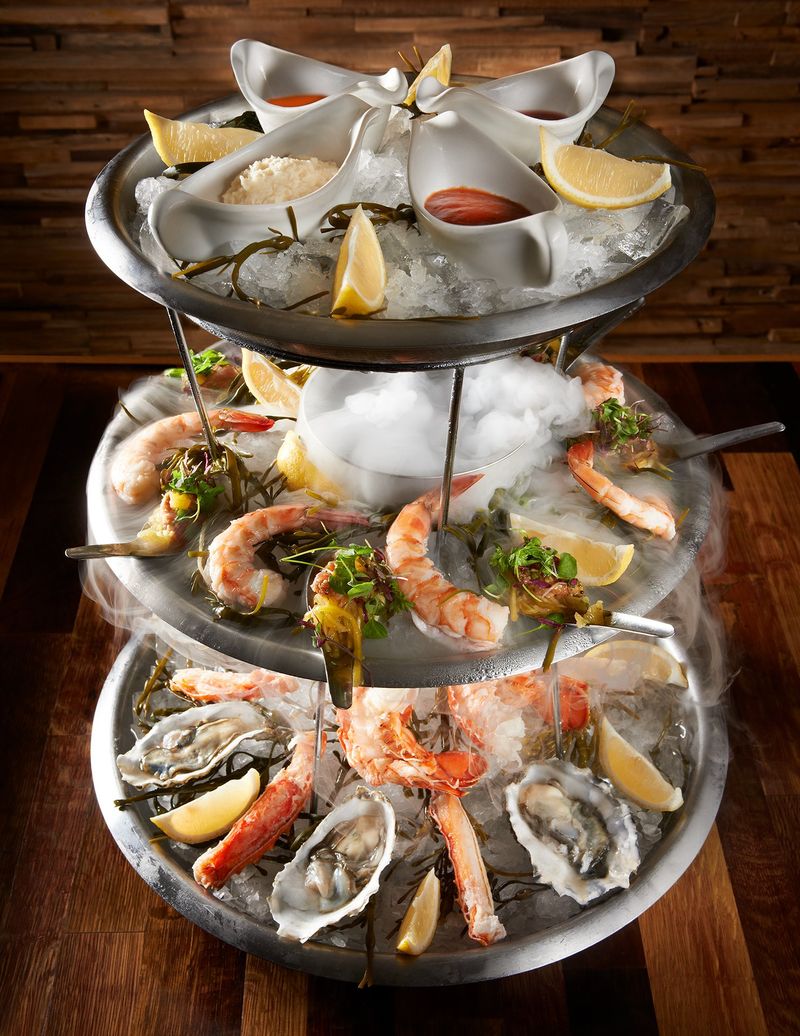
The chilled seafood tower is a visual and gastronomic showstopper, designed to be shared and savored. Brimming with oysters, crab claws, lobster tails, and shrimp, it delivers oceanic luxury in its purest form. At reputable steakhouses, each component is sourced with the same scrutiny applied to prime beef. Freshness is paramount — when seasonal and impeccably chilled, these items require little more than lemon and mignonette. A tower showcases the restaurant’s breadth beyond steak, proving its chops in raw bar finesse. It also serves as a light, briny counterpoint to the richness that follows in the main course. For diners seeking variety and elegance, this is a pre-steak ritual worth the price tag.
1. Well-Done Filet Mignon
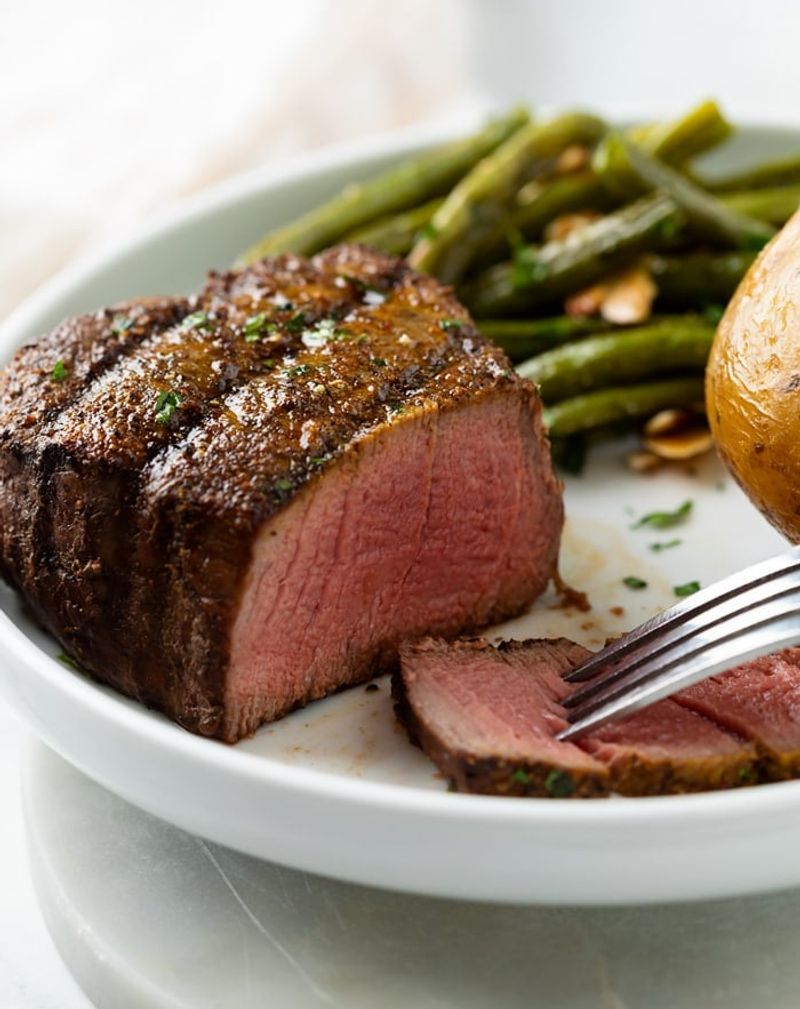
Turning a filet mignon into a well-done steak defeats the purpose of ordering this cut altogether. Filet is celebrated for its tenderness, not for robust flavor or fat content. Cooking it beyond medium causes it to dry out and lose its silky texture, reducing it to a bland, chewy puck. In fact, chefs often view well-done filets as a misuse of both premium product and culinary effort. Without fat to cushion it through high heat, the filet quickly becomes overcooked and underwhelming. Diners seeking more doneness should consider fattier cuts like ribeye, which hold up better. If tenderness is the goal, medium-rare or rare is the sweet spot that makes this cut worth ordering.
2. Chicken Entrées at Steakhouses
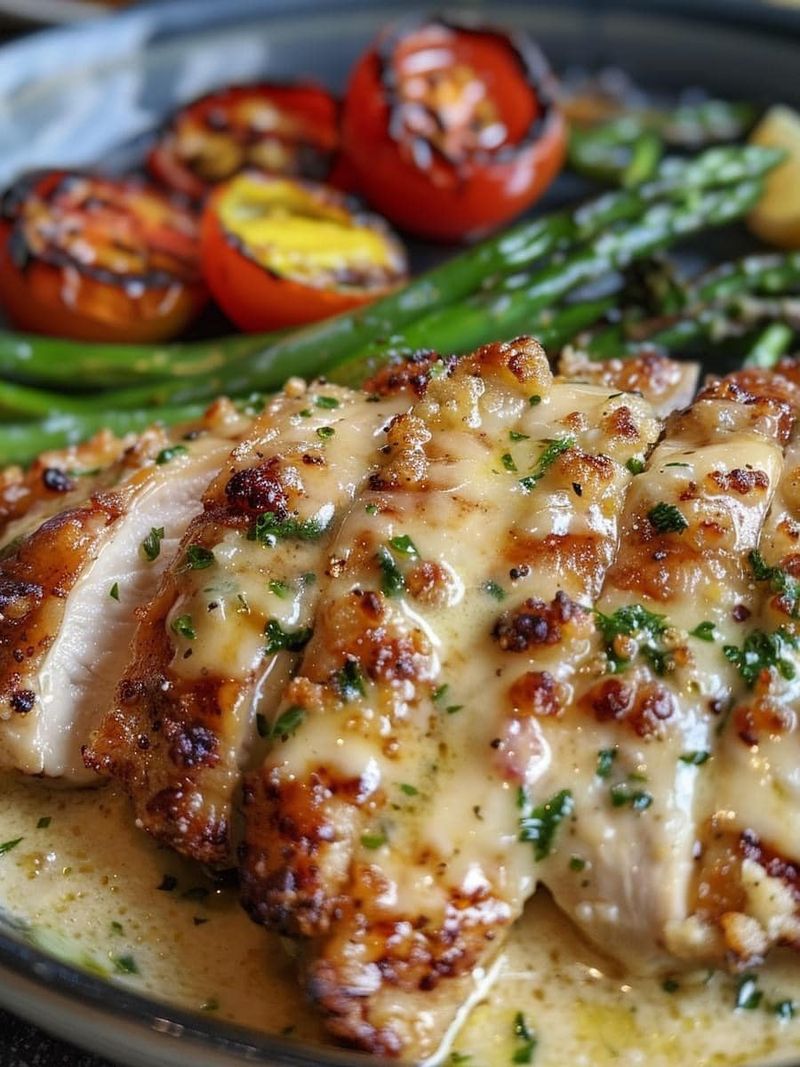
Despite their presence on most steakhouse menus, chicken dishes rarely receive the same attention or technique as their beef counterparts. They’re usually designed as safety nets for unadventurous eaters or dietary restrictions rather than culinary standouts. Often, the chicken is overcooked, underseasoned, or masked in heavy sauces to compensate for a lack of depth. It’s a missed opportunity in a place known for meticulous sourcing and bold flavors. Instead of showcasing creativity, these entrées often feel like filler designed to pad the menu. Diners looking for a standout non-beef option are better off exploring seafood or even vegetarian specialties. At a steakhouse, don’t settle for poultry when the kitchen’s strengths lie elsewhere.
3. Loaded Baked Potato
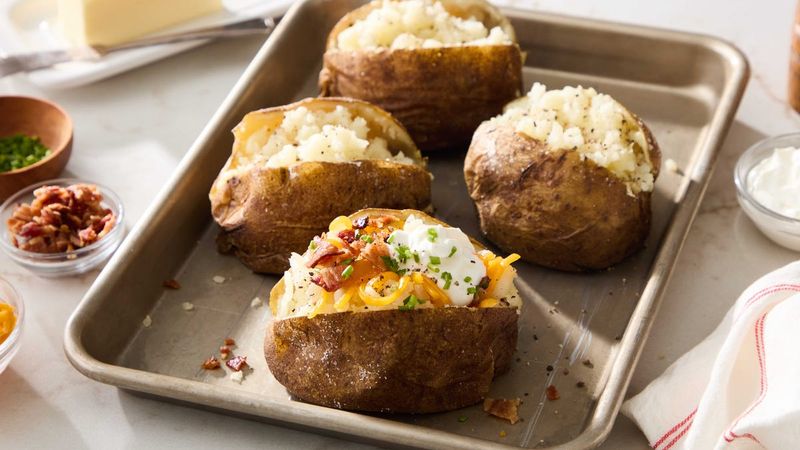
Loaded baked potatoes are comforting, yes — but they’re also basic, unimaginative, and rarely executed with finesse. Most versions rely heavily on canned toppings: sour cream, bacon bits, shredded cheese, and green onions slapped together without balance. For the same price, you could try more inspired sides that reflect the chef’s skills and the kitchen’s creativity. A proper steakhouse should elevate even simple items, but baked potatoes are usually left as an afterthought. They fill you up without offering flavor complexity or textural interest. Plus, they detract from the indulgent experience by feeling too casual, almost cafeteria-esque. Skip the starch and upgrade to sides that match the sophistication of your steak.
4. Surf & Turf Combos with Undersized Lobster

Surf and turf might sound like the ultimate indulgence, but it’s often executed in the most underwhelming way possible. The “surf” part — usually a tiny lobster tail — is frequently frozen, dry, and overcooked by the time it hits the plate. When paired with a mediocre steak, the whole dish feels like a marketing gimmick instead of a culinary experience. You’re better off choosing a full-size steak or an entire lobster separately if both truly appeal to you. Combining the two often leads to compromises in quality, sourcing, and execution. In practice, it’s a dish that promises luxury but delivers mediocrity. Avoid it unless the restaurant is specifically known for seafood as well as steaks.
5. Desserts like Molten Lava Cake
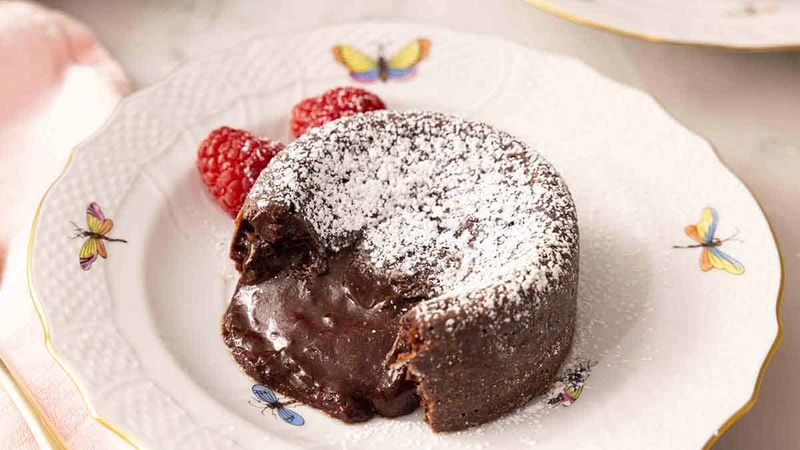
Molten lava cakes once dazzled diners, but their time in the spotlight has long passed — especially in fine dining. These desserts are often mass-produced and reheated, lacking the artistry expected at a top-tier restaurant. The interior “lava” is usually just undercooked batter rather than a thoughtfully made ganache. With so many pastry chefs crafting seasonal, inspired desserts, this option feels lazy and generic. It’s the kind of dish that shows up on chain menus, not curated tasting lists. For a truly special finish, look to the kitchen’s signature dessert or fruit-forward options that showcase fresh ingredients and technique. Don’t let nostalgia trick you into settling for something forgettable.
Leave a comment